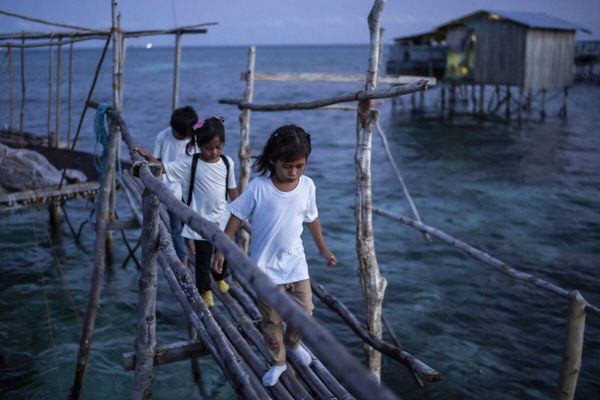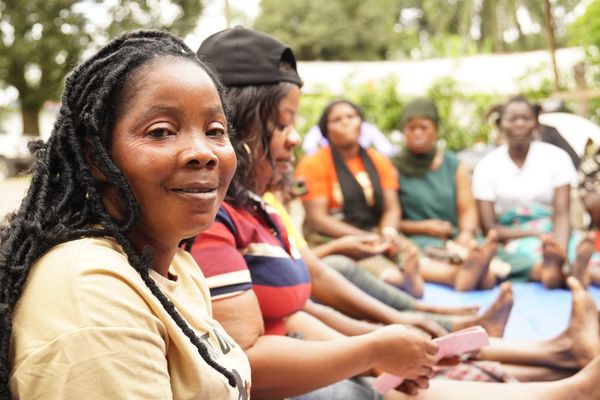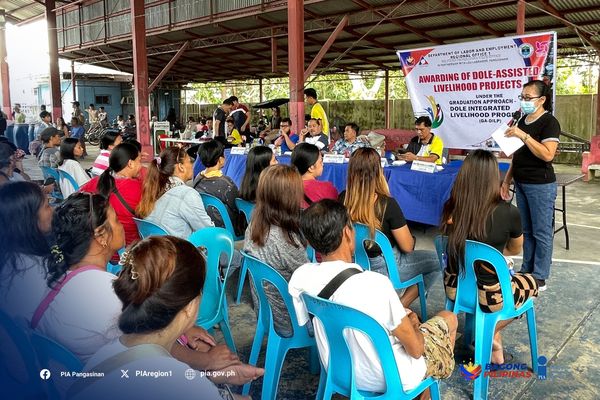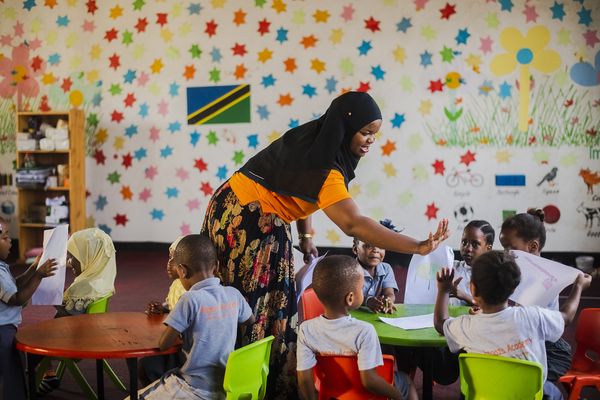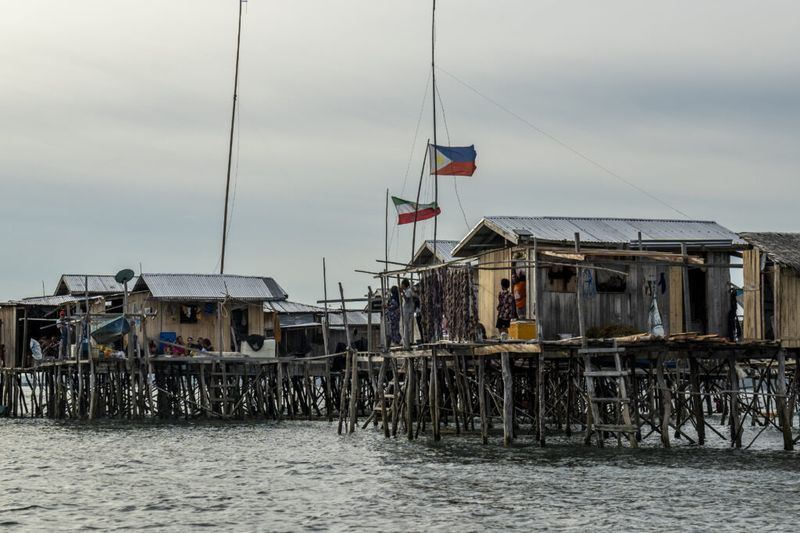
Tawi-Tawi is the southernmost island province in the Philippines, sharing sea-borders with Malaysia and Indonesia. It is also known as the seaweed capital of the country. The province consists of the main Tawi-Tawi island and 106 surrounding islands and islets.
While the province leaves every travel enthusiast enthralled, behind the scenic beauty of clear water and rocky-green mountains, Tawi-Tawi struggles to meet basic needs like education, healthcare, and employment opportunities.
Based on the 2021 Family Income and Expenditure Survey (FIES), the poverty rate in Tawi-Tawi is at 36.5%, placing it as one of the poorest provinces in the region of BARMM (Bangsamoro Autonomous Region in Muslim Mindanao).
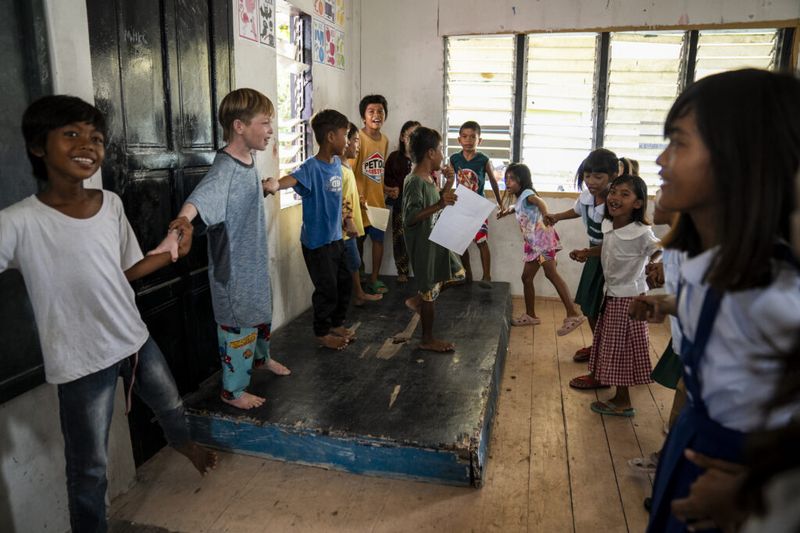
According to the Population Census (2020), 40% of Tawi-Tawi’s population is between 0-14 years. Due to its remoteness and limited government services and funding, the majority of the barangays (the administrative district forming the most local level of government) does not have access to formal education.
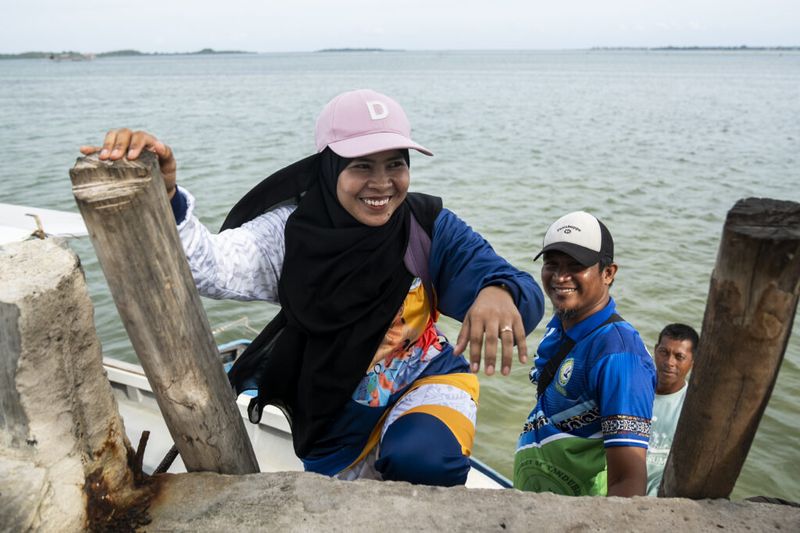
Darwina Tusay is a facilitator at a learning centre in Lahay-Lahay. “The islet I grew up in did not have any formal schools. Because both my parents were teachers and they prioritised education for me, I got the opportunity to commute to a neighbouring islet with them and complete my secondary education. I went through a lot of struggles to complete my education,” Darwina shared.
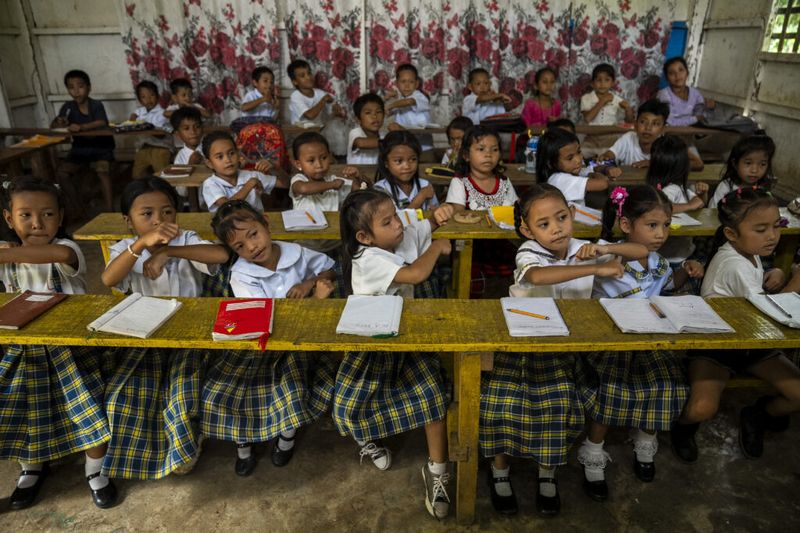
Access to quality primary education is the first step to undoing poverty. With the motto, ‘No bangsamoro child left behind’, the Abot Kaalaman sa Pamilyang-Bangsamoro (AKAP) programme brings equitable access to quality elementary education in the school-less barangays of the Bangsamoro Autonomous Region in Muslim Mindanao (BARMM) of The Philippines.
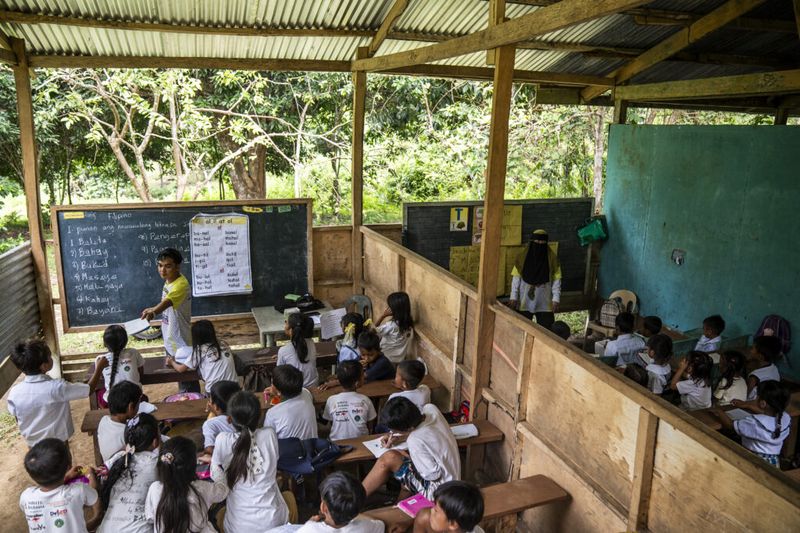
The AKAP programme’s seven learning centres are spread across the main island and islets of Tawi-Tawi. Over 400 learners attend these centres under the supervision of 16 learning facilitators who are trained by BRAC.
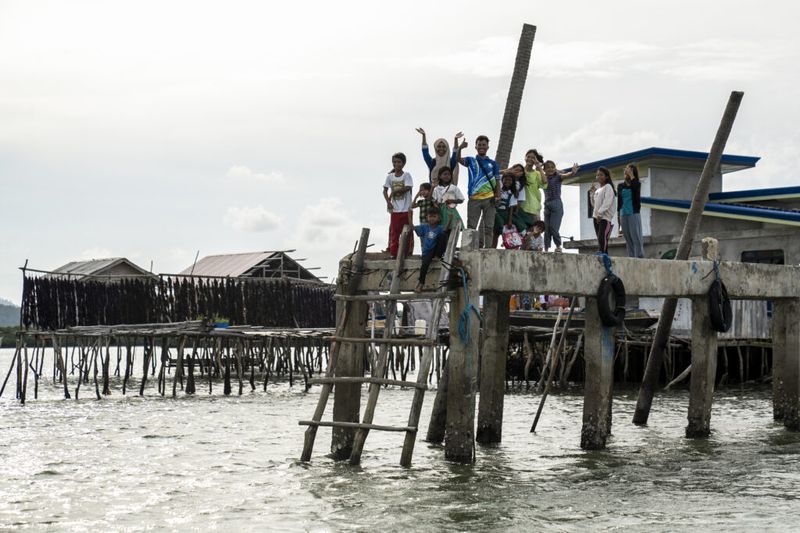
“It’s a two-hour ride on a motor-run banca (local wooden boat) on a clear day to reach the islet where I teach. I have been taking this ride for the last four years because I truly support what the AKAP programme is trying to do. We are reaching barangays that do not have any school. Children from neigbouring islets join my centre in bancas. Sometimes conflict erupts, and on some days, the weather makes it risky to be on the waters. For this reason, residency service has been arranged for children coming from surrounding islets,” added Darwina.
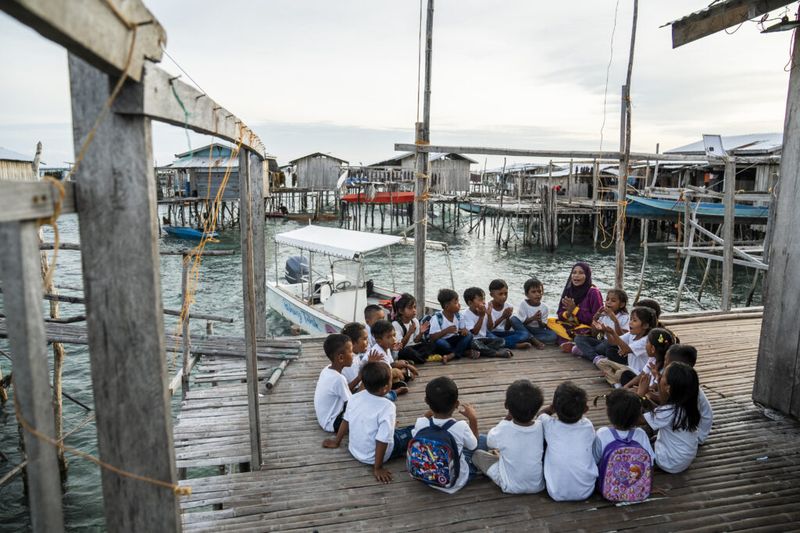
Some islets are more prone to high tides and typhoons. People of these islets are often referred to as ‘sea nomads’. These islets are often excluded from basic services like education. Buan in the barangay Siapa is one such islet where people of the Tausug and Sinama tribes live. Here, AKAP operates a floating learning centre with 67 learners, many coming from neighbouring islets.
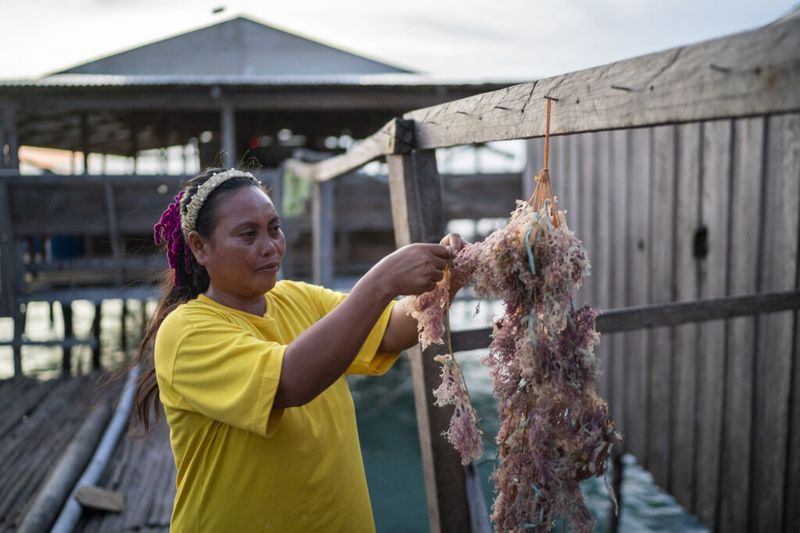
“My husband and I farm seaweed. We moved to Buan two years ago when rising sea water made our islet unlivable. I never went to school and neither did my husband. Childhood for us was swimming and playing all day. I was surprised to see a learning centre opening just next door, and that too, free of cost. All my three daughters go there. They have taught me to write my name,” shares a parent.
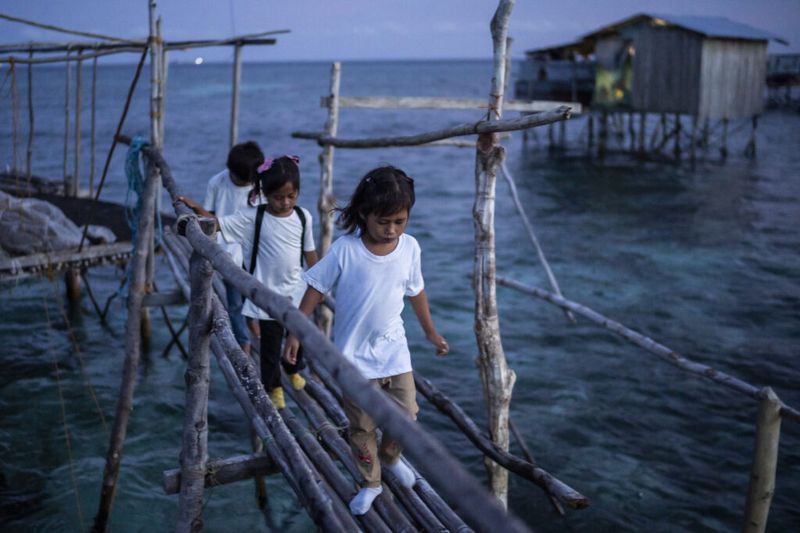
“Children here learn swimming by the time they are two years old. This is necessary for survival. Imagine children crossing narrow bridges, it is inevitable that someone will fall. I am glad that my children are at the centre from 8am to 3pm. I know they are safe. And it makes me happy when I hear them recite poems,” added another parent living in Buan.
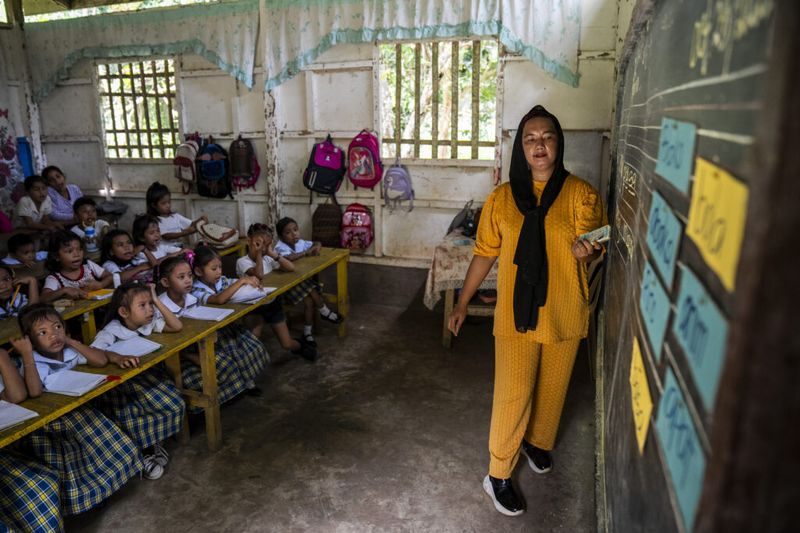
One does expect better education facilities in the capital province. Despite having a formal education system and many schools in place, multiple barangays in Tawi-Tawi’s capital Bongao remain school-less. Three of AKAP’s learning centers are operating in the neighbouring barangays of Bongao, reaching 200 learners.
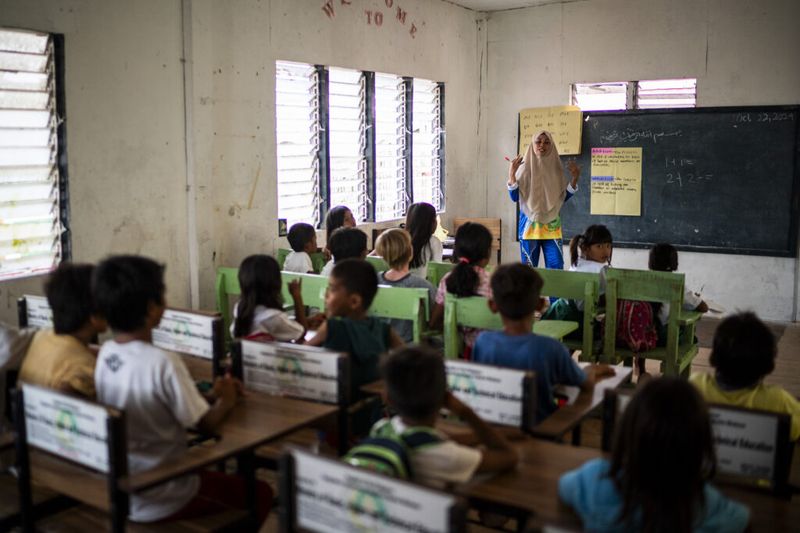
The centres under AKAP programme provide education from Kindergarten to Grade 3. Each centre is linked to a public school, referred to as ‘catchment school’. After completing Grade 3, learners are expected to join a catchment school which are often at a distance, making it challenging for learners to join. To ensure continuity, a few AKAP learning centres have started to host Grade 4, which is managed by the catchment school. This too comes with challenges as a result of a lack of facilitators and infrastructure.
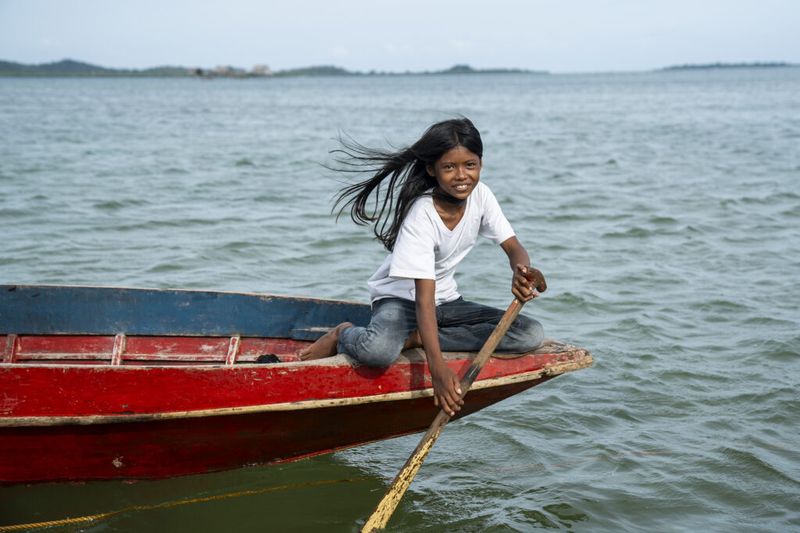
Despite having limited access to education, the dreams of the children of Tawi-Tawi are as deep as the sea that surrounds them. 11-year-old Surada Kasim loves to row her father’s banca. She wants to join the coast guard when she grows older.
The question is will Surada have the tools and opportunities to equip her to build a career she dreams of?
Expanding learning centres to provide complete elementary education will create a smooth transition into higher levels of education. At BRAC we believe every child, regardless of their circumstances, deserves equitable access to quality education.
AKAP is a flagship education programme of the Ministry of Basic, Higher and Technical Education with support from the Government of Australia through the Education Pathways to Peace in Mindanao Programme. The programme runs 131 learning centres, covering 62% of the estimated 210 school-less barangays in the BARMM region of The Philippines.
BRAC, an implementing partner, plays a critical role in building the knowledge, skills, and teaching practices of the learning facilitators who deliver lessons at AKAP learning centres.
By Shituma Tajrin
Photos by: Lisa Marie David
